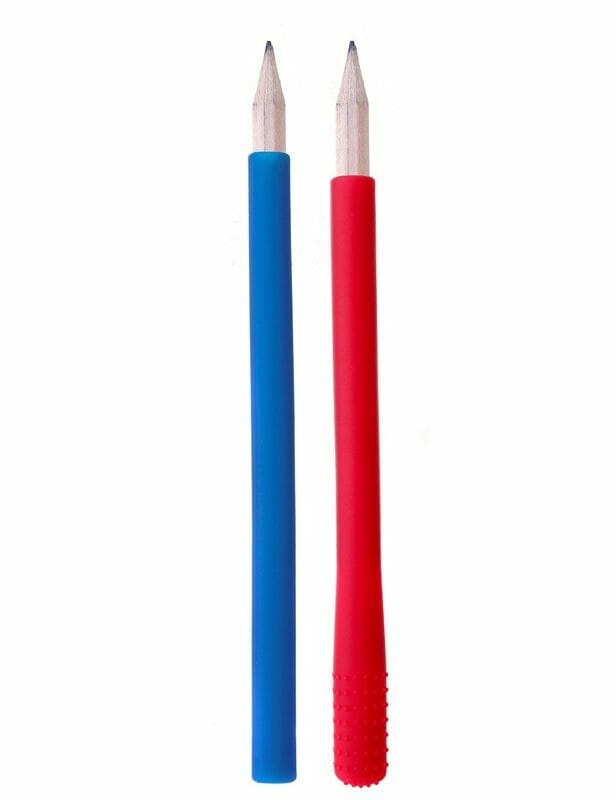Do you have one of those too? A child who gnaws on pencils or who has to believe the sleeves or the collar of the shirts? And have you found your way to the wide range of chew chains? Then, of course, the next step is to introduce the chewing chain into the classroom.
Ignorance of Chewing Chains among Teachers
Unfortunately, the experience is that not every teacher greets your child enthusiastically with his tough or cheerful bite chain. And that’s understandable. Well, understand…
A number of teachers have never heard of ‘stimulus processing’. Never mind that these teachers know that “wiggling and fidgeting” and “chewing” help regulate sensory stimuli. That this behavior that your child shows, therefore, has a function. And if you don’t have the background knowledge, I can imagine that a teacher finds chewing on a chain ‘just dirty’.
My own experience with a bite chain in the classroom
So did one of my son’s teachers a year ago. Fortunately, he only had this teacher for an hour 1x a week. But he would come home and tell me that the teacher wouldn’t allow him to chew on the chain, so he might as well not put the bite chain on to school that day.
I asked my son why he wore a chew chain and if and where the bite chain helped him: “if I chew on the chain, then I better pay attention in class”. I gave my son the tip to give this feedback to the teacher.
Then, in the next parent interview, I discussed the above with the teacher who is in front of the class every day. The teacher who had some trouble with the necklace eventually changed his mind, he got a pencil topper to chew on. In the end, a great solution!
-
 Ark’s Dino Bite Chewing Jewelry€ 22,50
Ark’s Dino Bite Chewing Jewelry€ 22,50 -
 Ark’s Super Star Chewing Chain€ 21,95
Ark’s Super Star Chewing Chain€ 21,95
Introducing a chew chain to the classroom
In short, introducing the chew chain is not always just a matter of hanging the nice jewelry on your child and the teacher understands why the bite chain often disappears in the mouth … No, this does require some preparation to avoid disappointment in your child.
To prevent your child from finally having something safe to chew and this is therefore also accepted in the classroom, it is therefore useful to schedule a short conversation with the teacher about this.
Alternatives to a Bite Chain in the classroom
If the teacher really doesn’t like a chewing chain, you can also discuss possible alternatives. For example, the use of chew caps may be a negotiable alternative. Or your child can chew gum or eat something crunchy, such as nuts or carrots.
-
 Ark Hockey stick pencil topper€ 12,50
Ark Hockey stick pencil topper€ 12,50 -
 Chewigem Pencil Covers ‘pencil caps’€ 11,95
Chewigem Pencil Covers ‘pencil caps’€ 11,95
What information do you give to the teacher about the use of a bite chain?
- Tell them that your child normally chews clothes or pencils and you don’t think that’s safe and the chewing chain is a responsible alternative (or chewing gum).
- Indicate at what times your child chews and what it brings your child.
- Tell them that chewing helps to regulate stimuli, to process them. And that for your child it means that he / she can pay better attention by chewing or that chewing supports your child in reducing stress.
- Make arrangements where the chew chain stays during the gym and breaks
- From a hygienic point of view, agree whether the child will rinse the chewing chain under the tap during the school day
- Give your child a container or bag to store the chew chain in the classroom (during the break).
- Agree that when your child gets a turn in class, your child takes the chewing chain out of their mouth so that the teacher can understand your child.
Related Articles
- Tips for understimulation and overstimulation in the classroom
- 7 Calming activities for the classroom
Download the flyer below for the teacher





